While I was sitting at work in the Reporter's Office, the desk phone rang loudly. It was the Editor-in-Chief's clear voice:
- Come to my room now, it's urgent!
Putting away the documents and the draft of the article I was editing, I followed the stairs to the second floor to the boss's office, feeling nervous. The editor-in-chief told me to sit down in the chair opposite and got straight to work:
Illustration |
- This is the newly published Nong Thon Ngay Nay newspaper. The entire main page has the article: " Bac Giang : growing lychee for firewood"? You go home and read this investigation carefully, then get a letter of introduction and go there to investigate and verify it carefully to write another investigation that is objective, comprehensive and authentic, to see if it is consistent with the content and nature of that article?
Holding the Nong Thon Ngay Nay newspaper at that time, I was suddenly overwhelmed by the deep red color of ripe lychees from the Red River Delta region of Thanh Ha ( Hai Duong ) to the mountainous region of Luc Ngan (Bac Giang) with giant, close-knit and overlapping "raspberries of gac fruit". The lychee specialties in these two places are both famous for their delicious sweetness, not only exported to other countries but also widely used domestically. That is the brand, especially lychees in Bac Giang. But in Bac Giang province, the "kingdom" of lychees must be Luc Ngan district. The investigative article "Growing lychees for firewood" actually took place in the mountainous district of Son Dong.
At my request, and also to create conditions for me to work, the People's Committee of Son Dong district sent an officer from the Office to take me to inspect and learn about the places where "lychee trees are grown for firewood". I realized that in the officer's eyes there was something like a daze and anxiety? Climbing mountains, wading streams, crossing tunnels, we arrived at the first area in a village. On the lychee hill, we saw a lot of lychee trees that had been cut down, fallen, and had withered leaves. The time of cutting down was about a few days. Seeing me with a camera on my shoulder, 3-4 teenage boys shouted "Ah, journalists have come to film and take pictures. Let's cut down the lychee!" So some used axes, machetes, machetes... to compete to cut down the lychee trees, about 4-5 years old. I approached one of them when he stopped, sweating profusely from exhaustion in the harsh summer sun. I asked him "Why are you cutting down, who told you to cut down, why are you cutting down"? He innocently said, “They said that because it was fake lychee, they had to cut it to replace it with another variety. Every time they saw journalists coming to film and take pictures, they cut it.” Then, after going to one or two more places in the villages and communes of Son Dong district, the scene of cutting lychee by some other children was repeated (including in words and actions). I began to doubt. Why did the district provide it to the people? If it was fake lychee, why didn’t they cut it all at once, but had to wait for “journalists to film and take pictures before cutting it”? Surely there were “underground forces” behind the director?
Returning to the headquarters of the People's Committee of Son Dong district (Bac Giang), I recently worked with Mr. Tran Xuan Hoi - Vice Chairman and Head of the Project Management Board of the district's lychee seedlings (imported from Luc Ngan). He presented and provided this project. The purpose of the project is to shift the crop structure when Bac Giang's strength and product is lychee. Bac Giang people live on lychee trees, getting rich from lychee, typically Luc Ngan lychee. From this "kingdom", lychee has spread throughout the province, even to other provinces. He also provided all invoices, documents, contracts for purchasing seedlings, grafted trees... between Son Dong district and Luc Ngan district. The number of seedlings, unit price compared to the actual handover through the minutes are the same, no difference, no price increase. The problem here lies in the quality of the lychee. Because the lychee variety was planted only 4-5 years ago, the first harvests were not as sweet as those of lychee trees that were 10-20 years old. That is, the growth of the newly planted lychee was not stable. People wanted to "eat it right away" so they "cried the village to complain", saying that the district provided fake lychee varieties, giving sour products, which was understandable. Furthermore, the opposition to the Project Management Board wanted to take advantage of this opportunity to destroy their opponents, inciting people to "cut lychee for firewood" as an accusation. After the confessions and confidences, the atmosphere in the room seemed to fall, Vice Chairman of the district Tran Xuan Hoi's voice was sad and disappointed:
- “It is so unfair to me and the Project Management Board. No matter how I defend and explain, people will not listen or accept. The same goes for reporters and journalists from the central to local levels. They interviewed, verified, and questioned me like the police interrogating me. They only heard one side, the people, the “opponent”, then went to the scene to see the staged cutting of the fabric, reported it in the newspaper, on television, and finally said that we provided fake fabric. That, in addition to Nong Thon Ngay Nay, there were a number of other newspapers that published it; Son Dong Radio and Television also broadcast it day and night. Even more regrettably, Vietnam Television also broadcast a report, causing a stir in the province and the whole country. I was stunned. It was so unfair. I don’t know who to complain to?”
During the time working with the Vice Chairman of the District, Head of the Project Management Board Tran Xuan Hoi, I always created an intimate, open, and friendly atmosphere so that he would not only feel comfortable but also "open his heart" more, be more confident in his abilities and character, when elected and trusted by the people. Near the end of the working session, I "revealed" to him the staging scene of "whenever journalists come to film and take pictures, then cut the fabric". He was startled. He was shocked. He also trembled with resentment. But then his eyes lit up with hope: Hope of being exonerated!
On the way back to Hanoi , I took the opportunity to visit Mr. Hoang Tien - Editor-in-Chief of Bac Giang Newspaper. As a colleague and close friend of Hoang Tien, I gave him the Nong Thon Ngay Nay newspaper, which published the article "Bac Giang: Growing lychee for firewood" and reported on the field trip to find the truth about fake lychee in Son Dong. Because his provincial newspaper was close to the area, had time, and a large force..., he and I agreed to let his newspaper get involved. And true to the effectiveness and nature of the information, just one week later, Bac Giang Newspaper published a long-term investigative report entitled "The truth about the so-called growing lychee for firewood in Son Dong", which was warmly welcomed by many readers for its authenticity and objectivity. Through the long-term series, the truth was revealed: It turned out that the opposition to District Vice Chairman Tran Xuan Hoi had the intention of "nitpicking" to see if he and the Project Management Board were shady or profiteering in the process of implementing the project? In addition, another fundamental reason was that in preparation for the district People's Council election, they used the press (or more accurately, hired the press to "attack the council") to shake his reputation and bring him down. After the truth was revealed and he was cleared of wrongdoing, I remember he called my "brick" phone to meet me at the gate of the newspaper office. He was very happy, calm and gave me a very special gift. It was about 3 kilos of dried lychee (long lychee) from Bac Giang, packed in a square box. That was all, but to us, it was full of affection, sharing, and understanding in this sea of life full of darkness, traps, and chaos.
Speaking of the fake lychee “incident”, it is necessary to recall: there was a time when Vietnam Television itself reported a disastrous news that Luc Ngan lychee would cause poisoning if eaten! That year, Luc Ngan lychee could not be consumed domestically or internationally or was sold off at a loss. Mountains of lychee here rotted. The eyes of Luc Ngan people were as red as ripe lychees. The image of Luc Ngan people walking and peeling lychees and putting them in their mouths to prove that they were not poisoned…, was like an “indictment” for false and malicious information. Words are like blood. Didn’t Nhan Dan newspaper later have an article “Clearing the name of Luc Ngan lychee”?
When we were studying journalism at the University of Journalism, we were given basic training in journalism with various genres. But the investigative genre and investigative reportage are the most complex genres in journalism, so they are taught very carefully. Later, after decades of working, colliding with, and learning about events and social phenomena, we saw the challenges and "hardships" for writers of this genre. Journalist Huu Tho, who was once the Editor-in-Chief of Nhan Dan Newspaper, believes that: Investigation is inclined towards research, analysis, and evaluation of reality through events. Meanwhile, the editorial board of The Missouri in the book Modern Journalist uses the term Investigative Reportage and believes that: "Investigative reportage is to stir up the current situation, to probe into dark corners, to ask direct questions about sensitive issues, causing a lot of controversy. Investigative reportage is a type of reporting that costs money and time." A book that can be called a “bedside book” for journalism students and journalists is “Investigative Journalism Textbook”, Lao Dong Publishing House, 2016, edited by Associate Professor, Dr. Do Thi Thu Hang. The teaching curriculum of the Academy of Journalism and Communication with valuable summaries and academics. That is, Investigative journalists need to be able to detect problems, have knowledge of investigation issues, especially legal knowledge; must master many professional skills; must have sharp thinking; must have life experience and professional experience; need courage, mettle and passion for “commitment” and finally must have professional ethics – the ultimate thing for journalists. Journalism is a dangerous profession. Investigative journalism is even more dangerous.
For me, as someone who has written many investigative articles and investigative reports on various topics and fields; however, the “lesson learned” from doing an investigative report on lychee trees in Bac Giang that I shared and confided in my career on the occasion of the 100th anniversary of Vietnam Revolutionary Press Day (June 21, 1925 - June 21, 2025) has followed me throughout my career as a journalist, as a “commitment”, a choice. As a way of life.
VIRTUE
Source: https://baohagiang.vn/van-hoa/202506/mua-vai-chin-nho-bai-hoc-kinh-nghiem-trong-mot-lan-lam-phong-su-dieu-tra-f4c6754/


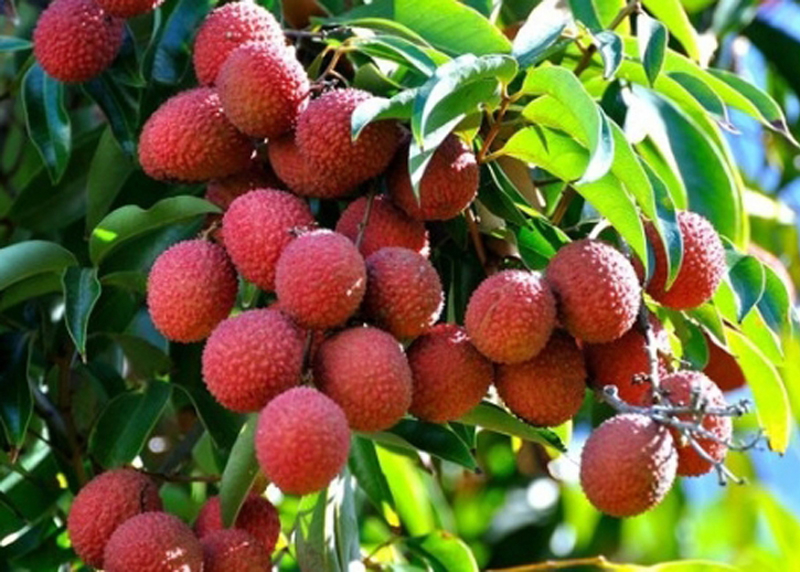






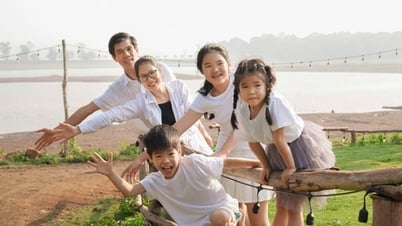



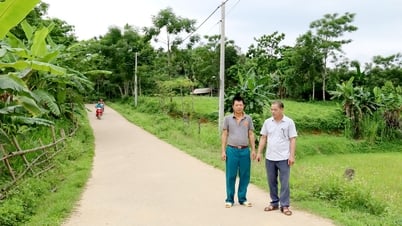
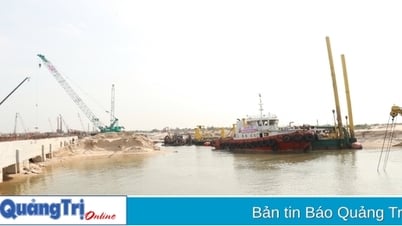



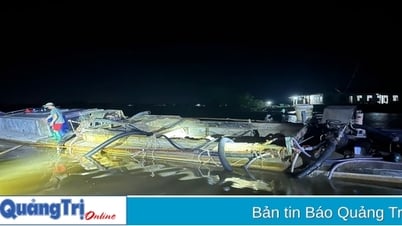




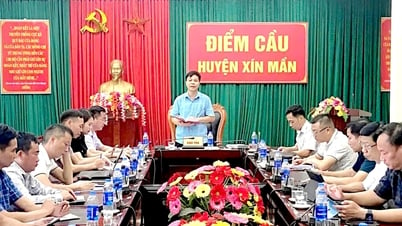

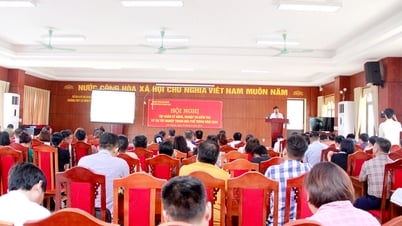
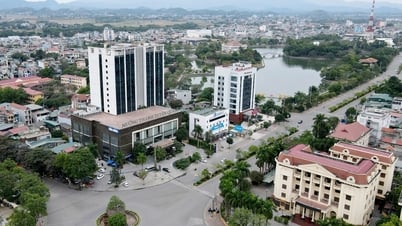
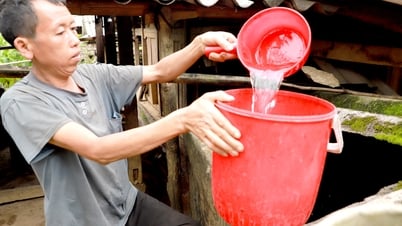
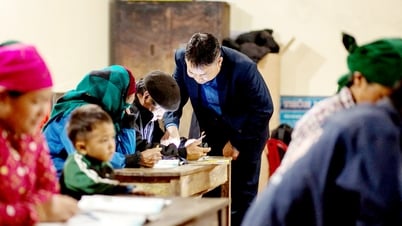



























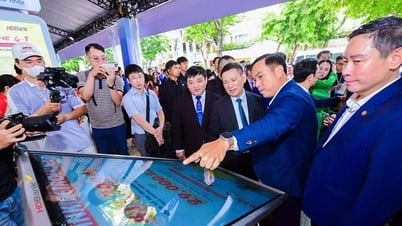









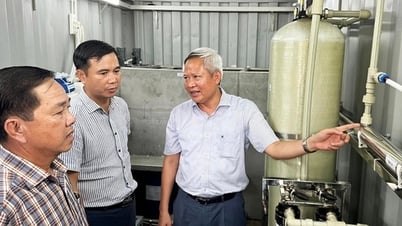




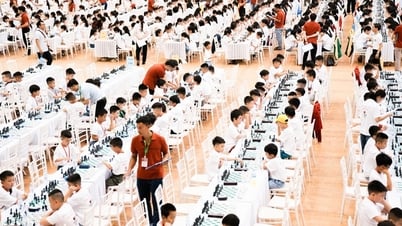


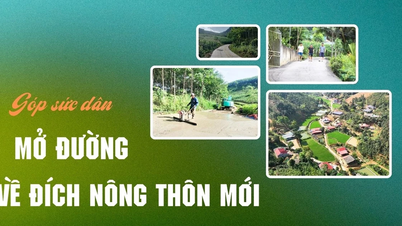


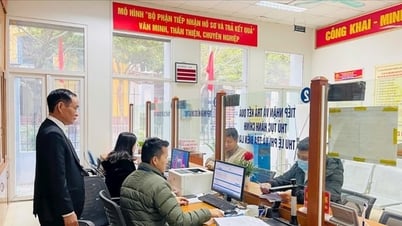
















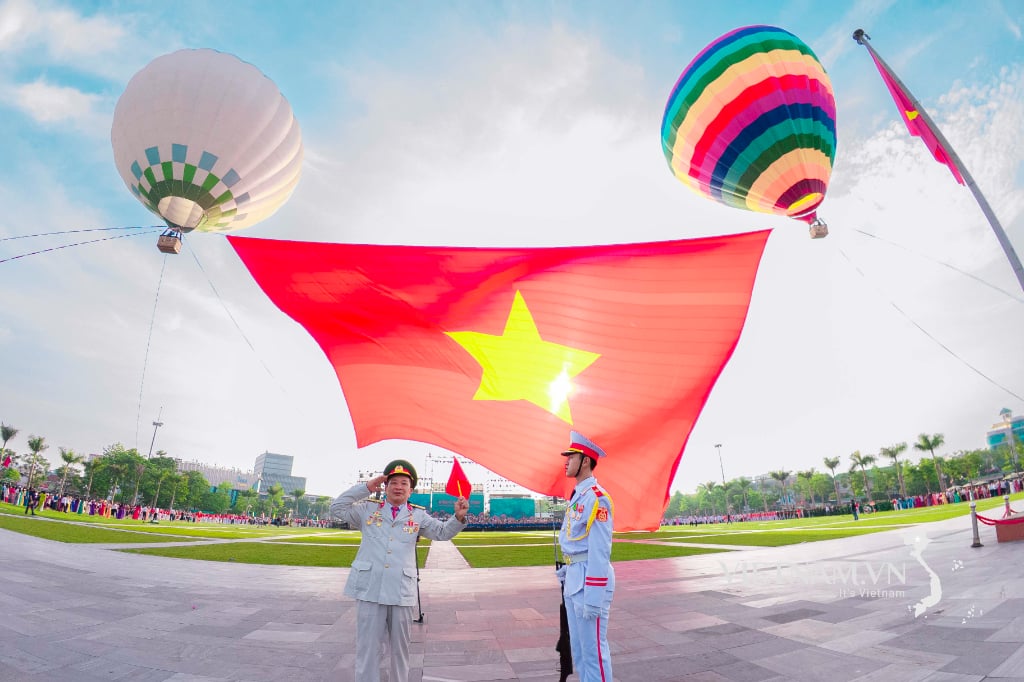
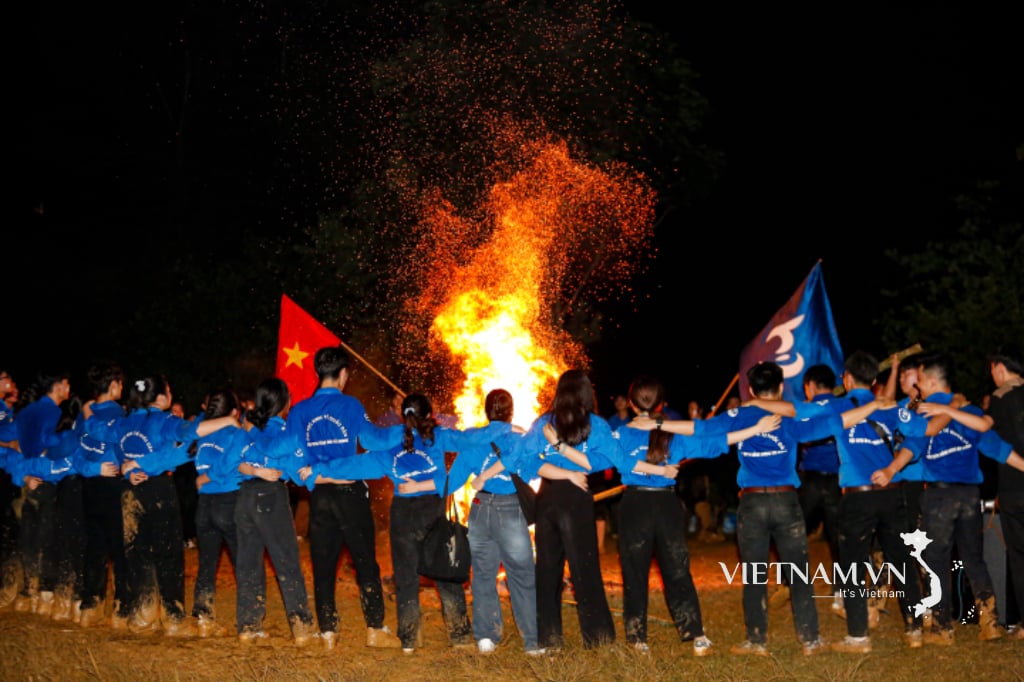

Comment (0)